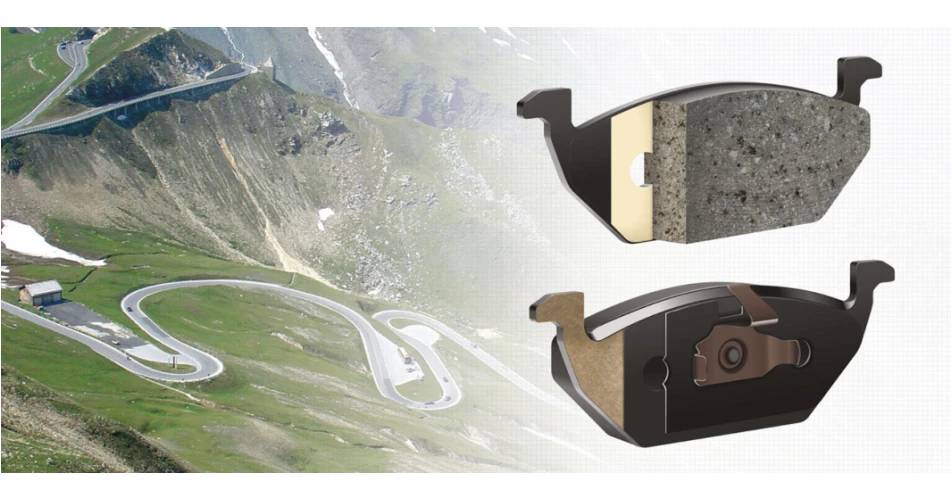Reducing noise, vibration and harshness (NVH) in the driving experience is one of the key objectives of designers when producing a new model and brake supplier Apec is applying the same NVH reduction principles to its aftermarket parts.
In the development stage of new pads, Apec carry out stringent tests of friction materials on a brake dynamometer to make sure the coefficients of friction are correct for the application, and ensuring the pad design provides adequate noise suppression without adversely affecting stopping power, pedal feel, fade resistance or wear. After these rigorous laboratory tests, the components are then tested on vehicles by expert test drivers, with Apec using the bends of the notorious Grossglockner pass for its road tests. The tests provide objective evaluations of performance, including noise levels. When the design targets are reached, the brakes are approved and released for production.
Apec will always tailor the characteristics of the brake materials to the needs of the vehicle. For example, a particular model may favour a friction material or pad design for its high temperature fade resistance or wear characteristics, over its acoustic properties.
Apec says it always matches or exceeds the specification of the OE pad and as such incorporates the original manufacturers’ beneficial features, such as chamfering the ends and/or adding slots to ‘tune’ the pad so it makes less noise. Various types of shims may also be fitted to the steel backing plate to further dampen vibrations between the pad and caliper. The shims act like a cushion, to absorb noise-producing vibrations. Pads may also be supported by anti-rattle clips or springs that minimise play between the pads and caliper and further dampen vibrations during initial engagement of the pad.
Apec also point out that its pads are often fitted to older vehicles where related components may be worn. Normally this would mean the new pad would create more noise so it is important that the technician assess the condition of the discs, calipers and other components to see if they need to be replaced. Corrosion also needs to be is removed from the pad/caliper abutment points. Springs can lose their tension by up to 50%, causing the pad to oscillate and generate noise, so springs should be replaced whenever the pads are renewed. Apec offers a range of fitting kits, which include springs, to complement the pad range.
Apec also recommends the use of its copper-free brake grease to lubricate the abutment points to ensure free movement. Copper grease should be avoided, as it can potentially affect ABS signals and encourages galvanic corrosion.
Hub surfaces must also be clean before fitting new discs and a DTI check should take place for lateral runout. Apec says replacing the discs without cleaning the hub surfaces can be a waste of time and money and a DTI reading greater than 0.08mm will lead to harshness in the form of brake judder.
